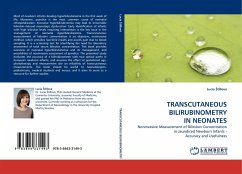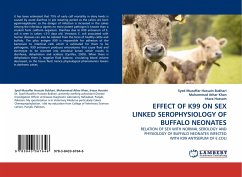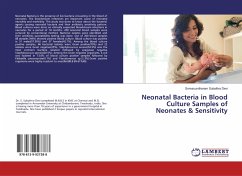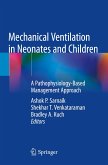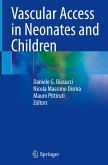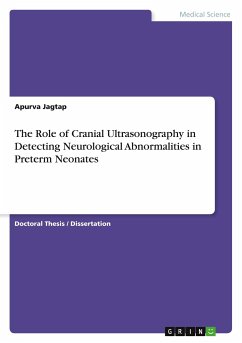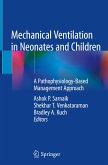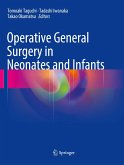Most of newborn infants develop hyperbilirubinemia in the first week of life. Moreover, jaundice is the most common cause of neonatal rehospitalization. Excessive hyperbilirubinemia may lead to irreversible bilirubin-induced neurologic dysfunction. Early identification of infants with high bilirubin levels requiring intervention is the key issue in the management of neonatal hyperbilirubinemia. Transcutaneous measurement of bilirubin concentration is an objective, noninvasive method, which provides real-time results and avoids pain due to blood sampling. It is a screening test for identifying the need for laboratory assessment of total serum bilirubin concentration. This book provides overview of neonatal hyperbilirubinemia and its management, and possibilities of noninvasive assessment of jaundice. The presented study evaluates the accuracy of a bilirubinometer with two optical paths in European newborn infants, and assesses the effect of gestational age, phototherapy and measurement site on reliability of transcutaneous measurements. The book should be useful to neonatologists, pediatricians, medical students and nurses, and it aims to serve as a resource for further studies.
Bitte wählen Sie Ihr Anliegen aus.
Rechnungen
Retourenschein anfordern
Bestellstatus
Storno

